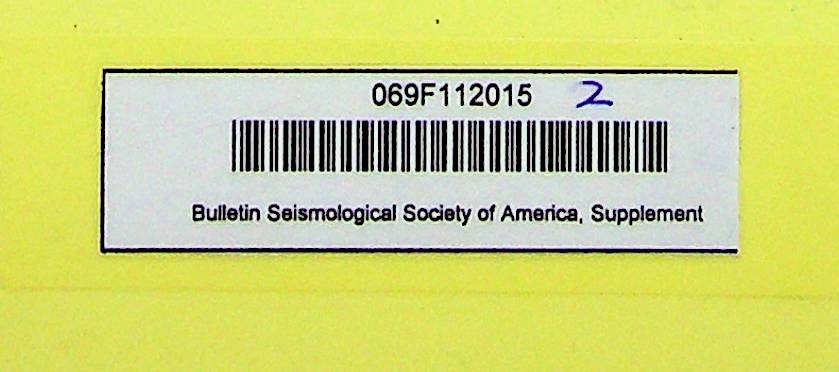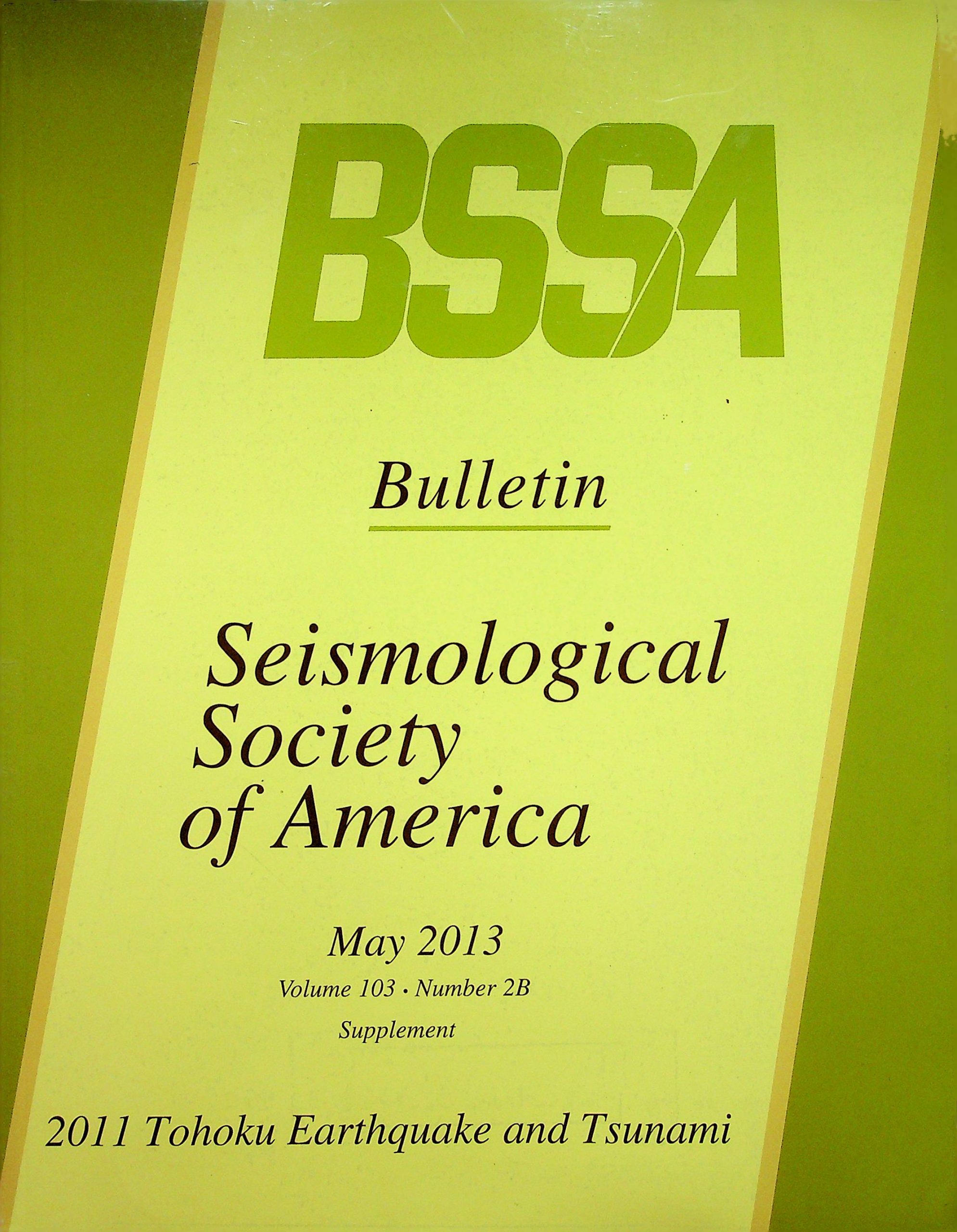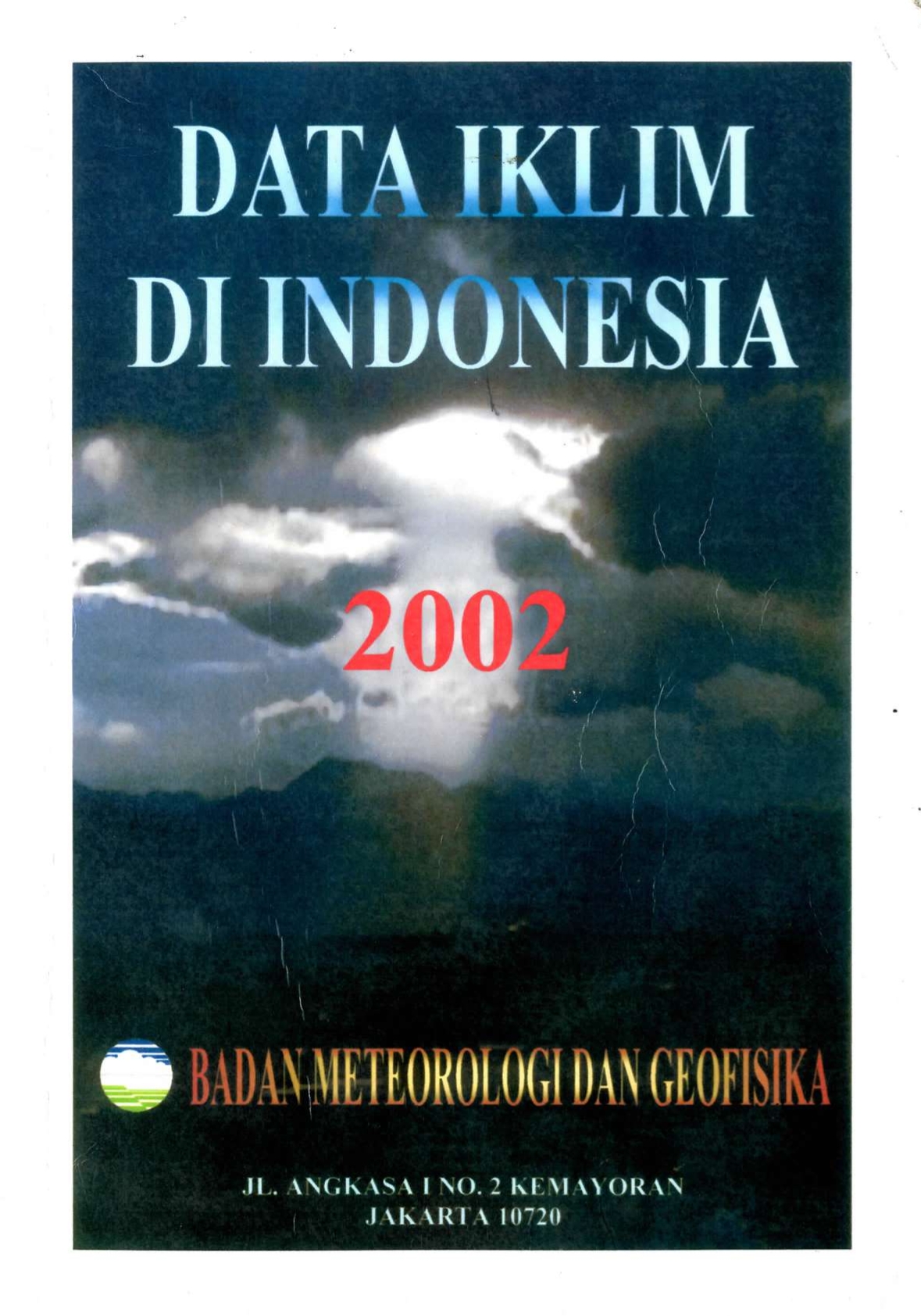The 11 March 2011 Tohoku earthquake (05:46:24 UTC) involved a massive rupture of the plate-boundary fault along which the Pacific plate thrusts under northeastern Honshu, Japan. It was the fourth-largest recorded earthquake, withseismic-moment estimates of 3-5 x IO22 N-m (AYW 9.0). The event produced widespread strong ground shaking in northern Honshu; in some locations ground accelerations exceeded 2g. Rupture extended ~200 km along dip, spanning the entire width of the seismogenic zone from the Japan trench to below the Honshu coastline, and the aftershock-zone lengthextended ~500 km along strike of the subduction zone. The average fault slip over the entire rupture area was ~10 m, butsome estimates indicate ~25 m of slip located around the hypocentral region and extraordinary slip of up to 60-80 m in the shallow megathrust extending to the trench. The faultinggenerated seafloor deformation produced a devastating tsunami that resulted in 5-10-km inundation of the coastal plains, runup of up to 40 m along the Sanriku coastline, and catastrophic failure of the backup power systems at the Fukushima Daiichi nuclear power station, which precipitated a reactor meltdown and radiation release. About 18,131 lives appear to have been lost, 2829 people are still missing, and 6194 people were injured (as reported 28 September 2012 by the Fireand Disaster Management Agency of Japan) and over a half million were displaced, mainly due to the tsunami impact on coastal towns, where tsunami heights significantly exceeded harbor tsunami walls and coastal berms.
5
Seismological Society of America
T. Lay, Y. Fujii, E. Geist, K. Koketsu, J. Rubinstein, T. Sagiya, and M. Simons
Penerbit :
Evelyn Ave.,
Tahun :
2013
Buku lain-lain
-
No Scan199
-
No Klasifikasi-
-
ISBN
-
ISSN
-
No Registrasi069F112015
-
Lokasi Terbit
-
Jumlah Hal23
-
Label-







